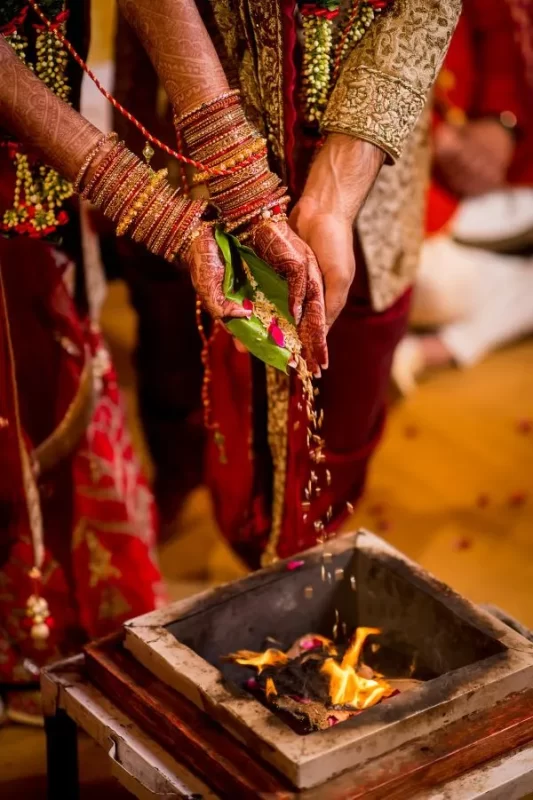
Marriage is one of the most significant events in one’s life. It is a union of two individuals who come together to share their lives and build a future together. Indian astrology has been used for centuries to determine the compatibility between two individuals and predict the likelihood of a successful marriage. Let’s delve deeper into how Indian astrology analyses and determines marriage compatibility.
The first step in determining marriage compatibility is the analysis of the horoscopes of the prospective partners. The horoscope is a snapshot of the position of the planets at the time of birth, and it provides insights into the personality, traits, strengths, and weaknesses of an individual. By analysing the horoscopes of both partners, astrologers can determine the compatibility between them.
The position of the moon in the horoscope is considered a vital factor in determining emotional compatibility. The moon represents the mind and emotions, and its position in the horoscope can provide insights into an individual’s emotional nature.
Astrologers compare the position of the moon in the horoscopes of both partners to determine their emotional compatibility. If the moons are in harmonious signs and nakshatras, it can indicate emotional compatibility between the partners.
The position of Venus, the planet of love and relationships, is another critical factor in determining marriage compatibility. Venus represents the physical and romantic compatibility between two individuals. The placement of Venus in the horoscope of both partners is analyzed to determine their physical attraction towards each other. If Venus is in the same sign or nakshatra in both horoscopes, it can indicate a strong physical and romantic connection between the partners.
The analysis of the 7th house is also crucial in determining marriage compatibility. The 7th house represents marriage and partnership, and its strength and the position of the planets in the house are used to predict the likelihood of a successful union. The placement of the lord of the 7th house and the aspects on it can provide insights into the nature of the marriage and the challenges that the partners may face in their relationship.
The dasa and bhukti periods are another important factor in predicting marriage compatibility. The dasa and bhukti periods are used to determine the timing of events in one’s life, and they can provide insights into the timing of marriage and the success of the union. Astrologers analyze the dasa and bhukti periods of both partners to determine the timing of important events related to their marriage.
In addition to the above factors, astrologers also consider the Navamsa chart, which is a divisional chart used to analyze marriage and partnership. The Navamsa chart provides insights into the nature of the relationship and the challenges that the partners may face in their marriage. The position of the lord of the 7th house in the Navamsa chart and the aspects on it can provide valuable insights into the success of the marriage.
While the above methods are commonly used to assess partner compatibility, in most cases a more detailed analysis is necessary. This involves examining the strength, position, and influence of each planet in a person’s astrological chart. Only an experienced astrologer can provide a comprehensive and accurate analysis of these factors. Therefore, seeking the guidance of an expert astrologer is recommended for those seeking a more thorough understanding of their compatibility with a partner.
In conclusion, Indian astrology offers various tools and techniques to determine marriage compatibility. The analysis of the horoscopes of both partners, the position of the moon and Venus, the strength of the 7th house, the dasa and bhukti periods, and the Navamsa chart are all important factors in predicting the likelihood of a successful marriage. However, it is essential to note that astrology should not be the sole determining factor in choosing a life partner. It is merely a tool that can provide valuable insights into the nature of the relationship and the challenges that the partners may face. Ultimately, it is up to the individuals to make a conscious decision based on their personal values, compatibility, and mutual understanding.

An insightful and thorough article on marriage compatibility through Indian astrology! The way you explained the importance of moon, Venus, and the 7th house in determining emotional and physical compatibility is truly enlightening. The detailed breakdown of dasa periods and Navamsa chart adds real depth to the analysis. This is an excellent resource for anyone seeking a deeper understanding of astrology’s role in relationships. Thank you for sharing such valuable knowledge.